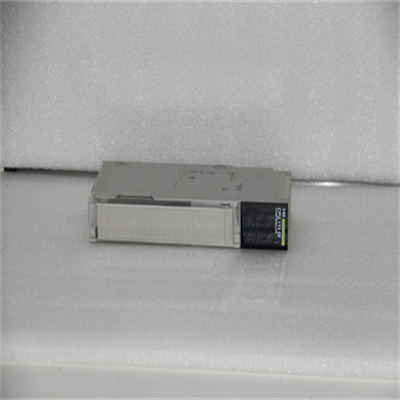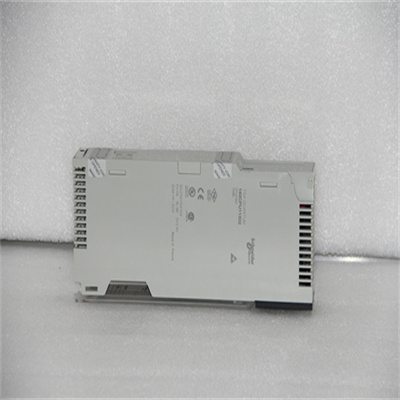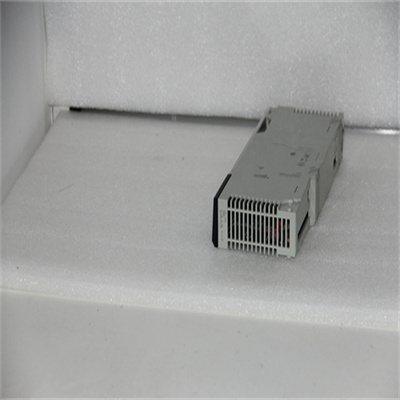
140CPU11302
Analyzing the Product Code: 140CPU11302
Disclaimer: Without specific product information or a database to reference, I’ll provide a general approach to analyzing a product code like “140CPU11302” and suggest potential areas to research.
Understanding the Code Structure
Product codes often follow a specific structure, with each segment representing a different aspect of the product. While the exact breakdown may vary depending on the manufacturer or industry, here’s a possible interpretation:
- 140: This could indicate the product family, series, or a general classification.
- CPU: This likely refers to the product category, suggesting it’s a Central Processing Unit (CPU).
- 11302: This might represent the specific model, variant, or a unique identifier within the CPU series.
Key Areas for Research
- Manufacturer Identification:
- Determine the company that produces the product. This information can often be found on the product itself, packaging, or the manufacturer’s website.
- Product Specifications:
- Gather detailed information about the CPU’s technical specifications, including:
- Core count and threading
- Clock speed and boost frequency
- Cache size (L1, L2, L3)
- Socket type
- Power consumption
- Integrated graphics (if applicable)
- Gather detailed information about the CPU’s technical specifications, including:
- Dimensions and Weight:
- Find the physical measurements of the CPU, such as its length, width, and height.
- Determine the weight of the CPU.
- Product Series and Characteristics:
- Identify the specific product series to which the CPU belongs.
- Understand the key features and characteristics that differentiate this series from others.
- Role and Applications:
- Determine the intended use or applications for the CPU.
- Consider factors like gaming performance, content creation, general computing, or server workloads.
Potential Research Sources
- Manufacturer’s Website: Check the official website of the company that produces the CPU. They often have detailed product pages with specifications and information.
- Online Retailers: Websites like Amazon, Newegg, or Best Buy may have product listings with detailed specifications and customer reviews.
- Technology Review Websites: Websites like AnandTech, Tom’s Hardware, or TechRadar often provide in-depth reviews and comparisons of CPUs.
- Technical Documentation: If you have access to technical manuals or datasheets, they can provide specific information about the CPU.
Note: The depth and complexity of your research will depend on your specific requirements and the availability of information. By systematically exploring these areas, you can gather a comprehensive understanding of the “140CPU11302” product and its relevant parameters.
Would you like to provide more context or specific questions about the “140CPU11302” product?

140CPU11302

140CPU11302
 WhatsApp:+86 18150087953 WeChat: +86 18150087953
WhatsApp:+86 18150087953 WeChat: +86 18150087953  Email:
Email:





